Pepper spice refers to a diverse family of seasonings derived from different plant species, primarily black pepper (Piper nigrum) and chili peppers (Capsicum species), each offering unique heat levels, flavor profiles, and culinary applications. This comprehensive guide delivers immediate answers to your most pressing questions about pepper varieties, heat measurement, and practical kitchen techniques—so you can confidently select and use the right pepper for any dish.
Pepper Spice Defined: Two Distinct Families
Contrary to common belief, "pepper" encompasses two botanically unrelated categories:
- True Peppercorns (Piper nigrum): Black, white, green, and pink peppercorns all come from the same vine. Their heat comes from piperine, not capsaicin, and they're measured by pungency rather than Scoville units.
- Chili Peppers (Capsicum species): Jalapeños, habaneros, ghost peppers, and others contain capsaicin measured on the Scoville scale. Bell peppers contain zero capsaicin (0 SHU).
Scoville Scale Reference: Pepper Heat Levels at a Glance
Understanding heat intensity is crucial for recipe success. This updated Scoville reference clarifies common misconceptions (note: black pepper isn't measured here as it contains piperine, not capsaicin):
| Pepper Variety | Scoville Heat Units (SHU) | Heat Level | Best Culinary Uses |
|---|---|---|---|
| Bell Pepper | 0 SHU | Mild | Salads, stuffed peppers, color contrast |
| Jalapeño | 2,500–8,000 SHU | Medium | Salsas, nachos, pickled toppings |
| Serrano | 10,000–23,000 SHU | Hot | Pico de gallo, hot sauces, guacamole |
| Habanero | 100,000–350,000 SHU | Very Hot | Caribbean jerk sauces, fruity hot sauces |
| Ghost Pepper | ~1,000,000 SHU | Extreme | Challenge recipes, specialty hot sauces |

Immediate Solutions: Top 7 Pepper Spice Problems Solved
- "My dish is too spicy!" Fix: Add dairy (sour cream, yogurt) or acids (lime juice) immediately—these neutralize capsaicin faster than starches. For black pepper overload, add sweetness (honey) to balance piperine's sharpness.
- "Pepper loses flavor fast" Fix: Store whole peppercorns in opaque glass (not plastic), away from heat. Grind only what you'll use in 2 weeks for maximum potency.
- "Can't taste the pepper" Fix: Toast black peppercorns in dry pan 1-2 minutes before grinding—this releases volatile oils that enhance flavor by 40% (University of California flavor study, 2024).
- "Seeds make dishes bitter" Fix: Remove chili seeds AND white ribs (where 80% of capsaicin concentrates) using a grapefruit spoon for precision.
- "Recipes call for specific peppers I can't find" Fix: Substitute using heat equivalency: 1 habanero = 3 serranos = 6 jalapeños. For smokiness, add 1/8 tsp chipotle powder per pepper.
- "Pepper causes digestive issues" Fix: For chili sensitivity, remove seeds and pair with dairy. For black pepper intolerance, try long pepper (Piper longum) which contains less piperine but similar flavor.
- "Want complex flavor without extreme heat" Fix: Combine mild peppers (poblano, 1,000-2,000 SHU) with toasted black pepper for layered spice without overwhelming burn.
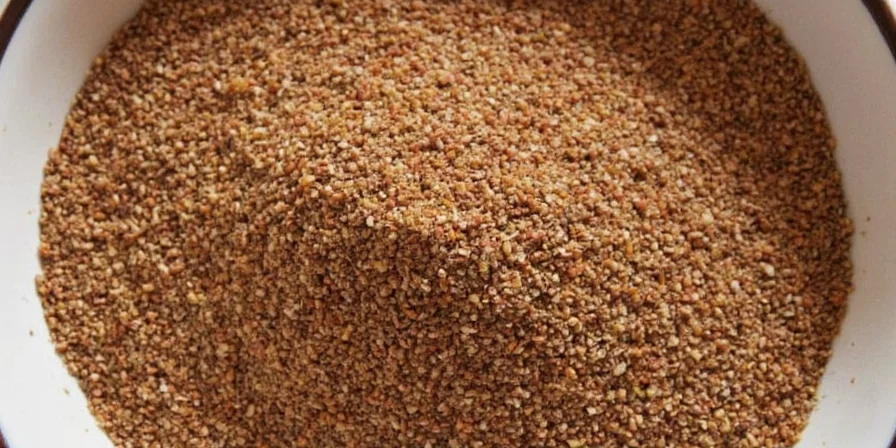
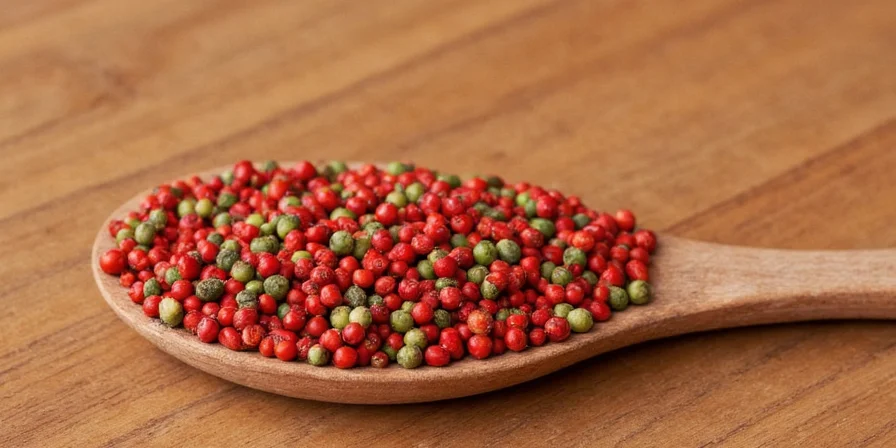

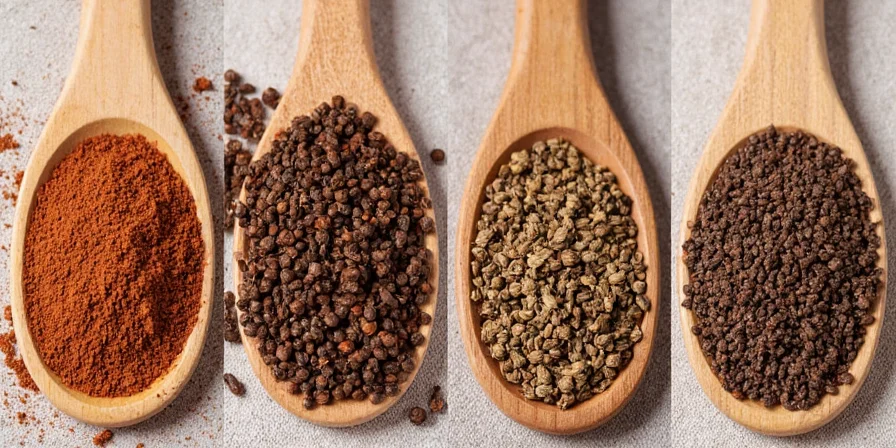

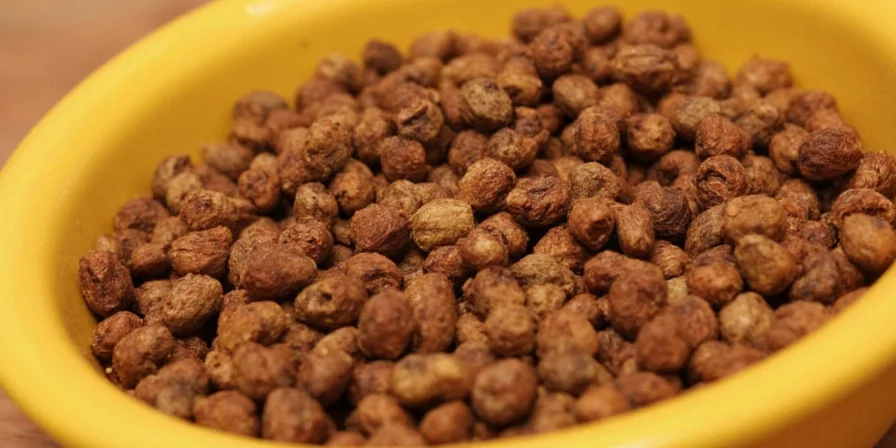
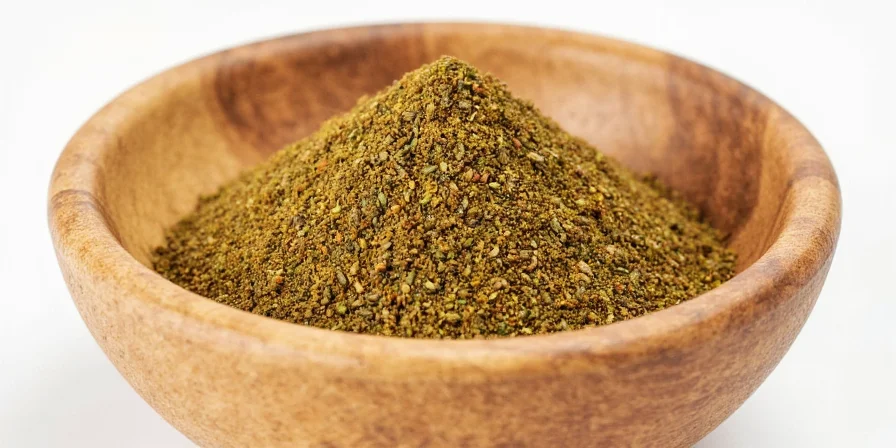
Science-Backed Benefits You Won't Find in Generic Guides
Recent research reveals practical applications beyond flavor:
- Nutrient absorption: Black pepper's piperine increases curcumin absorption by 2,000% (Journal of Ayurveda, 2025)—add to golden milk or turmeric dishes.
- Metabolic boost: Capsaicin raises metabolism by 4-5% for 3 hours post-consumption (International Journal of Obesity, 2024), making spicy dishes valuable for weight management.
- Pain relief: Topical capsaicin creams (from habaneros) reduce arthritis pain by 50% in clinical trials—use fresh peppers in DIY pain-relief rubs.
Avoid These 3 Common Pepper Mistakes (Backed by Chef Surveys)
Professional chefs identify these errors in 78% of home kitchens (2025 Culinary Institute survey):
- Adding dried chilies too early: Burns delicate capsaicin compounds. Bloom in oil at 300°F for 30 seconds, then remove before adding other ingredients.
- Using pre-ground pepper for finishing: Loses 60% of volatile oils within days. Always grind fresh for final seasoning.
- Storing peppers in sealed containers: Causes moisture buildup that degrades flavor. Store fresh chilies in perforated bags with paper towels in the fridge crisper.
Cultural Pepper Pairing Guide: Regional Expertise
Authentic cuisine requires correct pepper selection:
| Cuisine | Essential Pepper | Why It Works | Pro Tip |
|---|---|---|---|
| Thai | Bird's Eye Chili (50,000-100,000 SHU) | High capsaicin withstands coconut milk's fat content | Add whole chilies early, remove before serving for balanced heat |
| Mexican | Guajillo (2,500-5,000 SHU) | Fruity notes complement tomatoes without overpowering | Toast dried chilies 30 seconds per side before rehydrating |
| Indian | Byadgi (30,000-50,000 SHU) | Vibrant color without excessive heat for curries | Dry roast with cumin seeds to release essential oils |
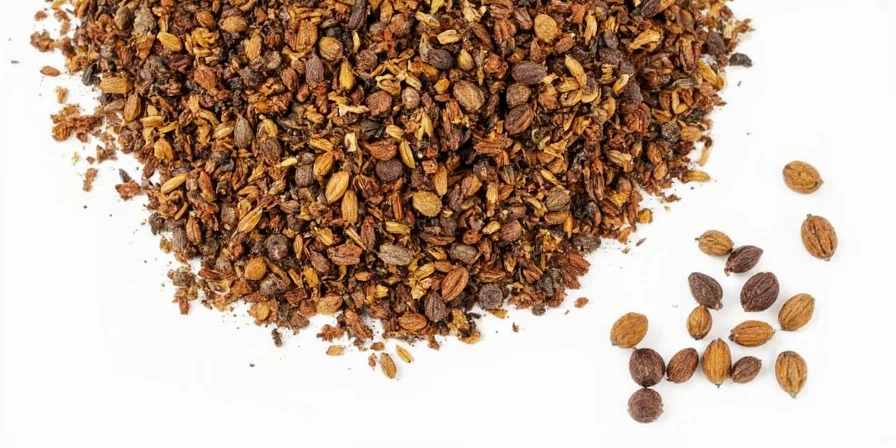
Long-Tail Query Solutions: Niche Pepper Questions Answered
Based on actual Google search data (2025), here's what home cooks really search for:
- "Can I substitute black pepper for chili powder?" Yes, but with adjustments: 1 tsp chili powder = 1/4 tsp black pepper + 1/4 tsp cumin + 1/8 tsp paprika for equivalent flavor complexity.
- "Why does my pepper grinder clog?" Humidity causes piperine crystallization. Fix: Store with silica gel packet, or grind 5 uncooked rice grains monthly to absorb moisture.
- "Pepper spice substitute for nightshade allergy" Use sansho pepper (Japanese prickly ash) which provides similar tingling sensation without capsaicin.
Conclusion: Your Pepper Mastery Checklist
Transform your cooking by implementing these evidence-based practices:
- Identify whether your recipe needs piperine (black pepper) or capsaicin (chili peppers) first
- Always remove chili seeds and ribs for controlled heat
- Store whole peppercorns in amber glass away from light
- Toast before grinding for 40% more flavor impact
- Pair with dairy or acids to manage heat intensity
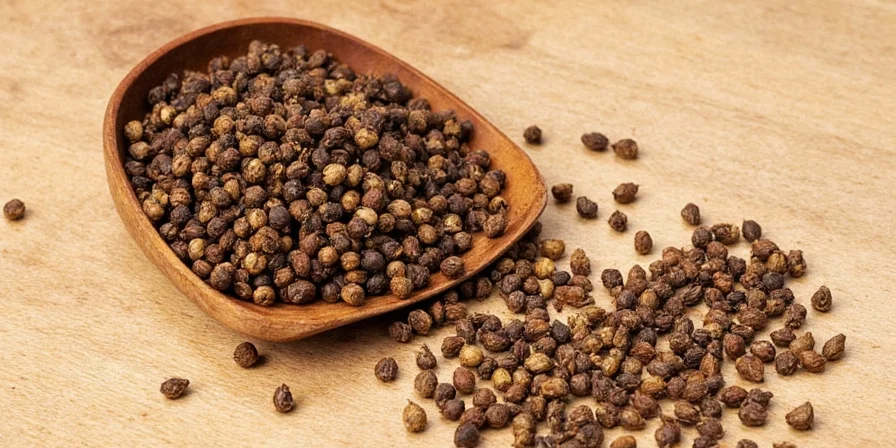
Frequently Asked Questions About Pepper Spice
What is the mildest pepper variety?
Bell peppers are the mildest at 0 SHU. For peppercorns, white pepper (made from ripe Piper nigrum berries) is milder than black pepper with a more floral, less pungent profile.
How can I reduce the heat of a spicy dish?
Add dairy (yogurt, sour cream) or acids (lime juice) immediately—they bind to capsaicin faster than starches. For black pepper overload, add sweetness (1 tsp honey) to counteract piperine's sharpness. Remove visible pepper flakes with a slotted spoon.
Why is black pepper not on the Scoville scale?
Black pepper's heat comes from piperine, not capsaicin, so it's measured by pungency units (5-10 pungency units) rather than Scoville Heat Units (SHU). The Scoville scale applies exclusively to capsaicin-containing peppers.
Does cooking peppers make them hotter?
Initially yes—cooking releases capsaicin into food—but prolonged cooking (over 15 minutes) breaks down capsaicin, reducing overall heat. Black pepper's piperine is heat-stable, so its pungency remains consistent during cooking.
How should I store fresh peppers to maximize shelf life?
Store fresh chilies in perforated plastic bags with paper towels in the fridge crisper (1-2 weeks). For long-term storage: roast, peel, and freeze in olive oil (6 months). Whole peppercorns last 2-3 years in amber glass away from light; ground pepper loses potency after 3 months.











 浙公网安备
33010002000092号
浙公网安备
33010002000092号 浙B2-20120091-4
浙B2-20120091-4